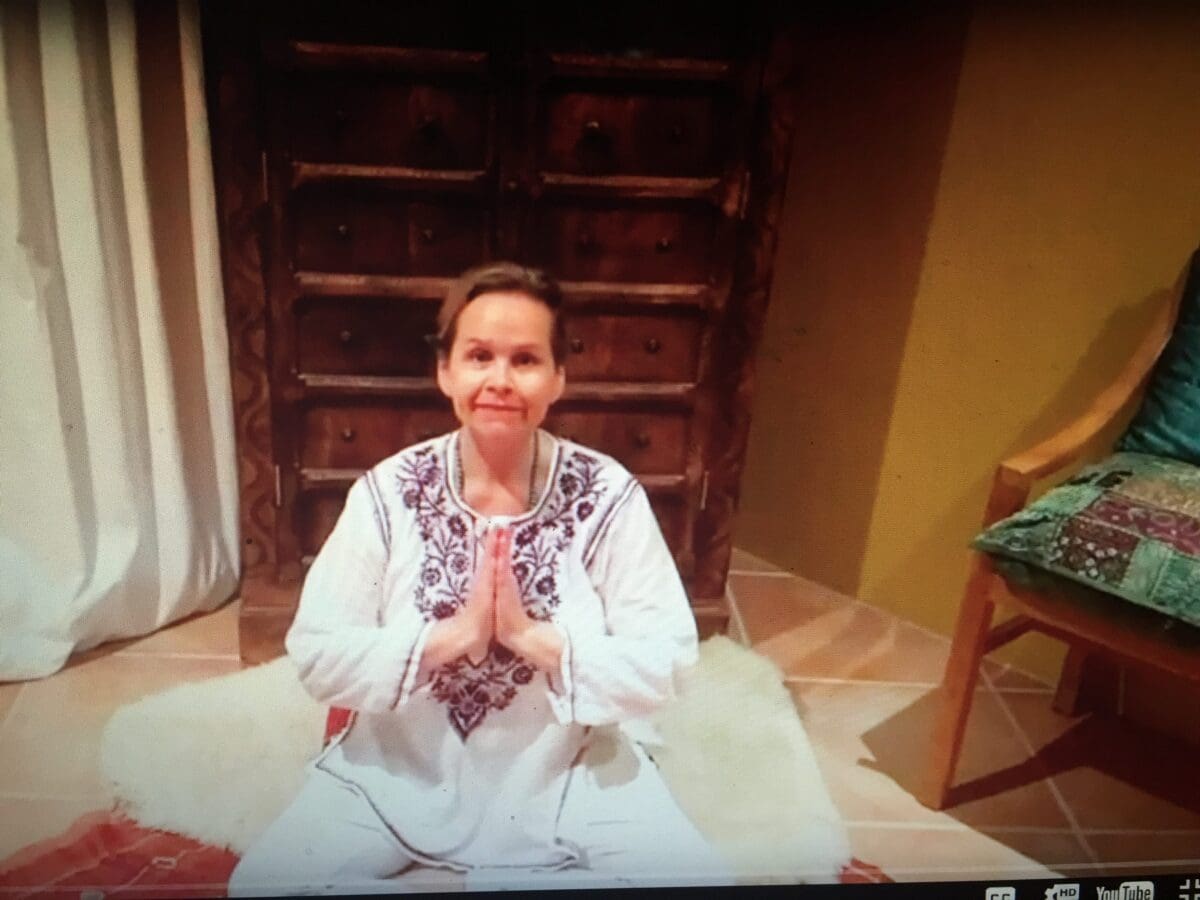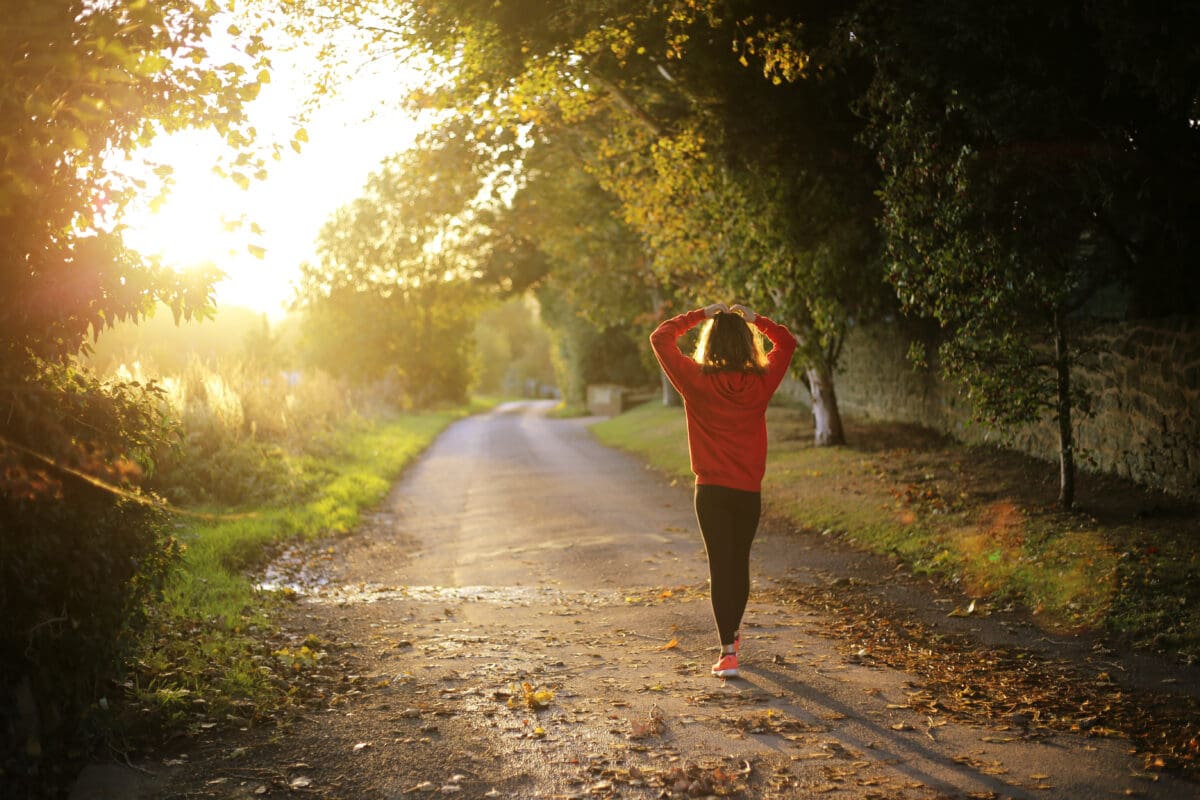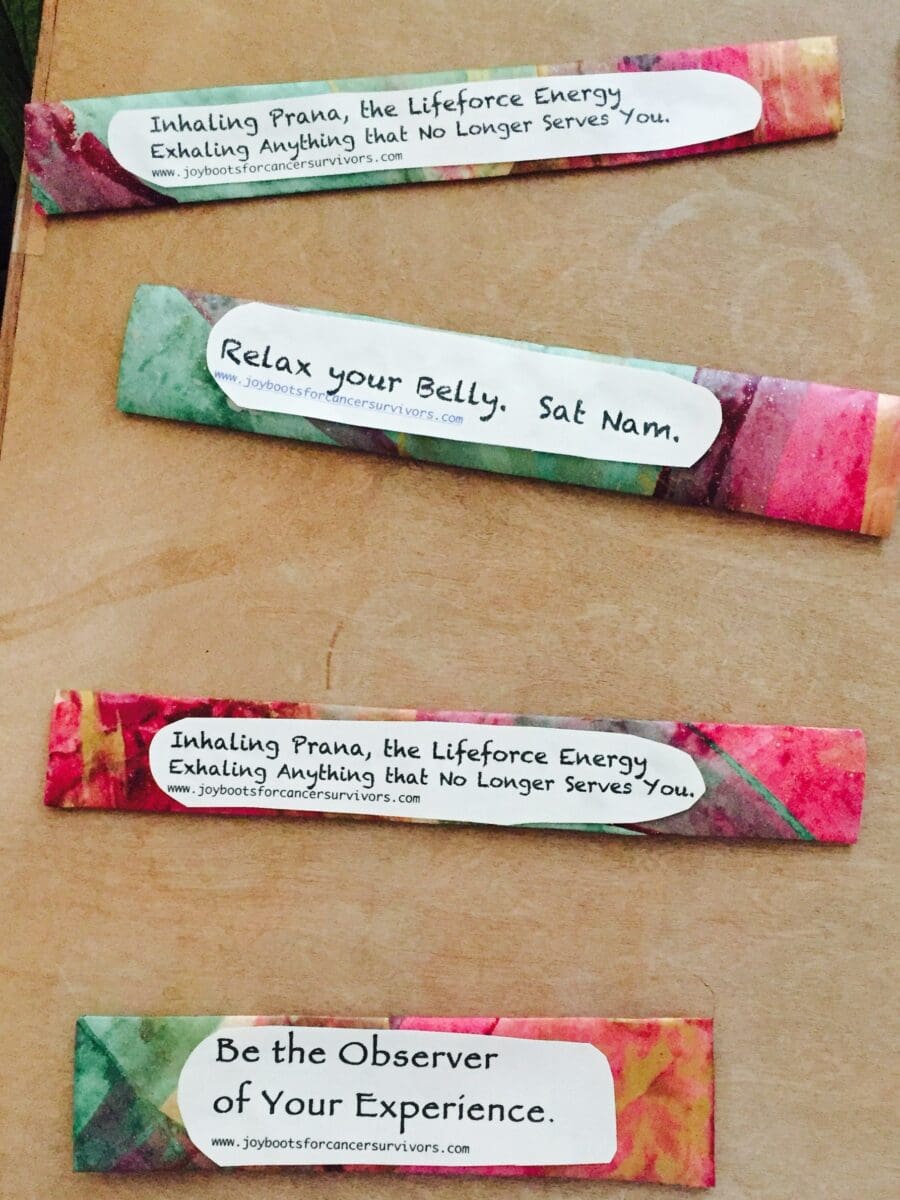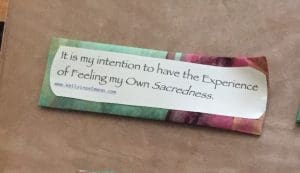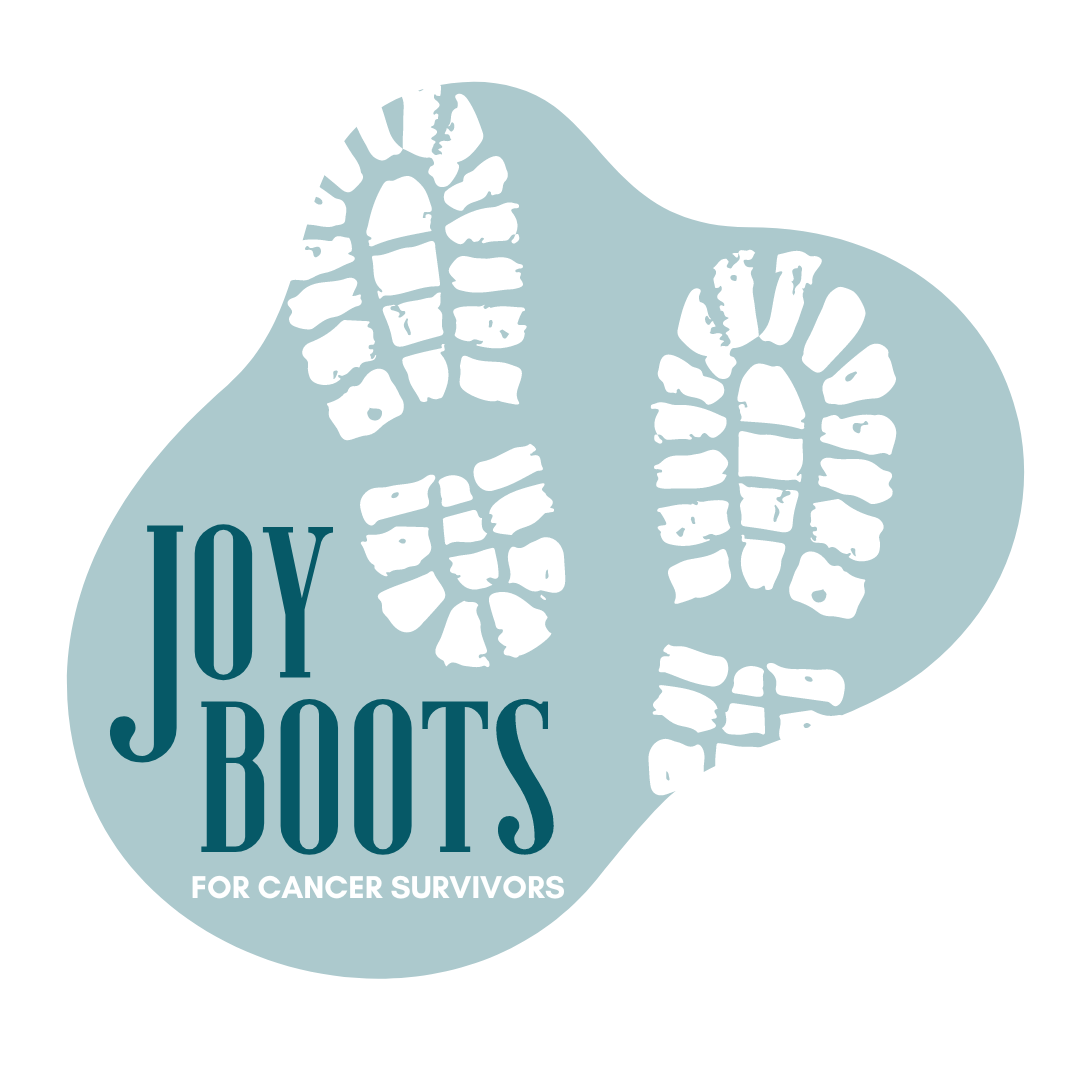Guided Healing Meditation for Cancer Survivors. Open to healing love and light. Deeply relax and visualize yourself already healed.
cancer
When You Don’t Know What To Do
“What to Do when You Don’t Know what to Do” is a Kundalini Meditation practice for when you feel overwhelmed or at a loss for what your next step should be.
It’s not unusual to feel a lack of clarity about your next step as you face detection of illness, waiting for diagnosis, making decisions about providers, dealing with the reality of treatment and side effects, challenged with work, and communicating with loved ones about your condition. Recently, many are also concerned about the direction of our society and whether they will continue to have medical insurance, given the debates over the Affordable Care Act.
This Breath Meditation can help. The sequence is as follows: Inhale long and deep through the nose, exhale through puckered lips. Then inhale through puckered lips, exhale through the nose. Inhale through the nose, exhale through puckered lips, etc. Continue, switching after each inhale and going at your own pace. Eye focus is at the tip of the nose.
Learning to Pace Yourself
“Life is not under your control, but the rhythm of life is.” Yogi Bhajan
Every morning, though fatigued, you get up and attempt a “normal” schedule. Much of your responsibilities relate to other people-children, spouse, coworkers, friends, elderly parents.
Even though you are depressed, you keep it to yourself so others don’t realize how scared, angry, or sad you are.
You are in pain, but when someone asks how you are doing, you momentarily forget and say “doing well!” Your “doing well” might be a crisis for someone who hasn’t been in the treatment or recovery frying pan.
When I began teaching yoga to cancer survivors 7 years ago, I noticed how deeply the ladies would relax during sivasana (the rest at the end of class). Having discharged tension and expanded their breathing, bodies and minds would melt into a feeling of safety and comfort.
I was surprised, however, and a little worried, when I saw them spring up and immediately drag themselves to a seated position as soon as they heard my voice begin to gently wake them from sivasana.
These ladies moved from 0-100 in a flash, their nervous systems activated as they complied with what they thought I expected which was contrary to the rest and slowness their bodies needed.
To help them slow down their return in future classes, I began to say: “Continuing to relax, bring your awareness back to your breathing,” so that they wouldn’t injure themselves jolting upright.
They needed explicit permission to listen to their bodies and go at their own pace.
Most of the people in my Yoga and Talk® Therapy Groups and classes have been very productive members of society. Health conscious, achievers, they have met the challenge of cancer head on with an inspiring will to overcome. They manage the side effects of treatment alone and often blame themselves for not feeling better quicker, not being more “productive” quicker, even while battling fatigue, pain, grief, lack of sleep, anxiety and depression.
One gift I enjoy offering is a safe place to experiment with going at the pace and rhythm that your body truly desires. They have at least one hour a week where there is NO GOLD STAR for pushing past your own limits and your natural resistance. We practice honoring the resistance from our bodies and breathing in to it.
I encourage students to value rest as much as exerting themselves in an exercise or posture and to “go at a pace that is so in tune with your body that it feels pleasurable.”
This experience of tuning in to your body during class can become a building block to use in other areas of life. Just like in class, in regular life you can give yourself permission to come to a neutral resting position for a few moments. You can sit or lie down, even if others are dancing around or kicking their legs, or running around busy and “productive.”
Just like in class, the most advanced practice is to go at your own pace and listen to your own body as it heals and rests.
It’s advanced because it’s a challenge on many levels. It requires noticing when you are pushing yourself, complying with the expectations of others, or competing with your neighbor. Once you begin to notice the pushing and the resistance, you can find your own pace.
Being the Observer
Practice being the Observer of your experience. By learning to take a step back and observe what you are thinking and feeling (instead of just reacting to it), over time you can develop greater ability to tolerate discomfort, pain and challenges of the cancer experience. You will also be more aware and appreciative of the positive parts in the present moment.
Balance the Brain
Cancer survivors need practical tools to integrate their treatment experiences and the many emotions they have. This kundalini yoga exercise creates a bilateral stimulation by activating both sides of the body in a rhythm. The effect is soothing and integrating of the nervous system and emotions.
Spinal Flex with Suspended Breath for Energy
Spinal Flex with Suspended Breath for Energy is the third exercise in the Kriya for Immune Fitness (#3) from Dying into Life.
Inhale through the nose, suspend the breath in. Press the tongue to the roof of your mouth as you suspend the breath, then begin the spinal flex. Flex until you can no longer COMFORTABLY hold your breath, then come back to center and exhale through the nose.
Continue at your own pace. If the flex feels too intense for you today, you could simply practice the breath exercise.
Stress Relief through Long Deep Breathing
Long deep breathing stimulates the relaxation response. It’s simple, but not always easy to remember!
Practice long deep breathing with Kelly this week, using a special mudra (yogic hand position) to increase relief from stress. Women place right middle finger and thumb together, left pinky and thumb together. For men, it’s reversed.
Bring your attention completely to your breath to give your mind a rest from worry.
Sacredness as Intention
Setting an intention for your meditation practice is a powerful exercise, not just at the New Year, but on a regular, even daily, basis.
Meditation and yoga begin with looking inside to sense, observe, and understand the inner world of your body, mind, and emotions. Consciously choosing an intention to support your healing and higher Self can interrupt automatic, unexamined, patterns of thinking, moving, and reacting.
For example, new yoga students sometimes set an intention of “being open” which interrupts the idea that they should already know how to do the asanas (yoga postures) in class and helps them be less judgmental of themselves as they learn.
I love hearing the intentions of yoga students, psychotherapy clients and friends:
Angela (all names changed for confidentiality) is in a 12 step program and uses daily prayer and meditation to feel centered each day. She shares that her “only intention these days is to sit again for meditation the next day.” Her practice, taken a day of commitment at a time, has turned into a powerful tool.
When Jeannine attends my Yoga and Talk for Cancer Survivors Group, she shares that she finds herself sleeping a lot and avoiding exercise. While she knows rest is important for recovery, her deeper intuition is that to “stay young I need to move my body a little more each day.” Her intention is to increase her exercise from minimal to moderate each day.
Gina is several years past active treatment for lymphoma. During treatment she realized how critical she can be of others and herself. She comes to weekly yoga class because it’s “helping me learn to love myself.” She makes an intention each day to notice when she is judging herself harshly or cruelly. She doesn’t stop there. Once she notices the belittling thought, she counters it with a compassionate one such as “You are trying hard. One step at a time.”
Frank’s intention is to keep “living life,” and not allow the cancer diagnosis to lay him so low emotionally that he quits participating in family life. He wants to reach out for community when he feels depressed and not isolate.
Sylvia is a self -described neat freak. She likes everything in its place in her lovely home. Her intention each day is to surrender the idea that “things always have to look perfect” in order for her to feel relaxed inside.
I want to share the intention I developed with the help of my friend and yoga teacher, Guruatma Khalsa (http://www.yogic-tools.com), 8 years ago, when I was really struggling with getting back to an active life after a year of treatment for stage 3 breast cancer. I wanted the same energy I’d always had!
I was in denial regarding how long the side effects from treatment can linger. Lymphedema of the arm, fatigue, and chemobrain were interfering with my pre-cancer pattern of taking on lots of projects at once. The more I recovered, the more I wanted to DO. DOING more has always been a way that I have felt worthy and appreciated. Can you relate?
Guruatma shared with me a teaching of Yogi Bhajan, master of Kundalini Yoga. He taught that from a yogic perspective, autoimmune disorders (including cancer on this continuum) are about learning to appreciate your own sacredness.
Instead of feeling defensive, as I sometimes can when I hear a psychospiritual interpretation of illness, this idea of honoring my own sacredness touched me profoundly. I could clearly see how pushing myself to DO MORE, when my body was asking for rest and healing, was the opposite of valuing my own sacredness.
I find that the question of What is Sacred? comes up for many people as they face cancer and its aftermath. In my work as a psychotherapist and yoga teacher over the last 20 years, I hear how this universal spiritual theme catches people by surprise during physical and emotional ordeals.
Some are led to deeper faith, others feel at loose ends and grapple with a sense of meaninglessness as their world is re-arranged. For some of us, it’s both.
Everyone I’ve ever interviewed for my Yoga and Talk Therapy Groups for cancer Survivors has experienced moments of suffering and of realizing the fragility of life. They are much more aware of our interconnectedness and interdependence, and the beauty and poignancy of nature and humanity. Regardless of religious background or lack thereof, almost everyone has a story about how a moment of connection to the DIVINE gave them hope and strength. Sometimes that moment has come about through connection to another person, sometimes to nature, sometimes it’s an internal experience like a dream or intuition. The variations are fascinating.
I’m always moved by what people are able to survive and live to tell about. When I ask about the transcendent moment that strengthened or inspired them, for some, it’s the first time they are talking about it. Because it is so personal and meaningful, some fear they won’t be believed and have protected their story from the casual scrutiny of family and friends.
Sometimes people ask me why I like working with people touched by cancer. This is why: it keeps me in conversation with what is sacred.
To contemplate this idea of sacredness, I began my daily meditation practice with this phrase: It’s my intention to have the experience of feeling my own sacredness.
I sit with this intention for a few moments each day, even 8 years later.
This morning, as I sat with the intention of feeling my own sacredness, my belly relaxed. The muscles of my face and jaw loosened and I mentally came in to awareness of still being present on earth at this moment in space and time. In my appreciation for still being here on planet earth, I felt pretty good. There was gratitude, even joy.
I noticed sensations of discomfort, in my arm with its mild lymphedema, and in my back behind the area where I had surgery. I also noticed how flexible and capable my body is in so many ways.
I allowed all the sensations and feelings of today to make themselves known and be welcomed. This is how I honor my own sacredness, by accepting all parts of myself: the physical sensations, my feelings, my mind (busy or quiet) and my heart. Sometimes I feel impatience, anger or discouragement. However I show up in that moment is perfectly ok. It’s how I keep connected with what is true.
There have been days when once I feel my own sacredness, I’m done! I mean, what else is there?
Other times, I have thoughts about how I want to eat or exercise, how I want to treat others, and which items can be left off my to-do list in order to have a less stressful day. I move into yoga or meditation to nurture my body and mind as part of feeling my own sacredness. The intention gives me permission to take the time I need, even when my busy or bored mind wants me to move on.
Today, I am also reminded that more important than DOING anything perfectly is BEING PRESENT with my 9-year old daughter and my husband for the time I will spend with them.
Take sacredness as your intention or create a different one using the phrase “It’s my intention to have the experience of feeling _________________ by the Grace of God.” You can substitute your own words to guide your further healing.
As we step into 2017, may we move forward together in health, compassion, justice, peace, and recognition of the sacred in our lives.
Gratitude Meditation
This meditation is for remembering the many things-including relationships- that we already have and are grateful for. Inhale what you are grateful for, exhale a fear. It can be anything that comes to mind, a warm place to live, your cat, a healthy meal, friends, loved ones, etc.
Breathe in through the nose, exhale through the mouth, then inhale through the mouth, exhale through the nose. Switch AFTER THE INHALE.
Breathe your way into appreciation as a meditation wherever you happen to be: home alone, Thanksgiving table, waiting in line, the doctor’s office.
I’m breathing in gratitude for the JoyBoots community today.


